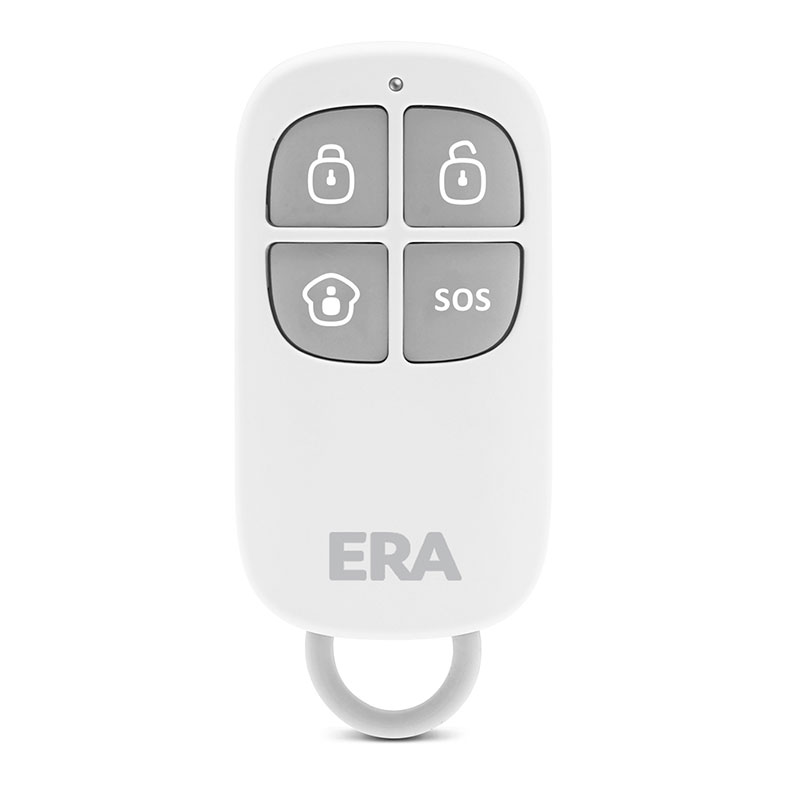Smart cards vs key fobs - which access control method is best?
Access control is an essential element of business security and needs to be a high priority for any employer or facilities manager. There are many different types of access control systems, and these differ in how sophisticated and technological they are, and how practical they are for the everyday user. The main consideration is that the method you choose has to work. Security is the number one priority, so however you choose to access the building, it has to adequately manage the authorisation process.
Two of the main access control methods used today are the smart card and the key fob. There are many similarities between these two systems – they are both a form of contactless technology - but also some key differences. Either way, we are a long way from having to rely on the traditional lock and key in order to access commercial buildings, so let’s look at the two access control methods in detail and how they can benefit your business.
Smart cards
These are also known as access cards or proximity cards, and are effectively a thin, plastic card – much like a credit card – which is swiped in close proximity to a reader and transmits data to confirm an authorised status and hence enables entry. The smart card uses high frequency radio waves.
Fobs
A fob is a small, compact piece of plastic – often informally called a dongle – which is programmable and is used to transmit a signal and exchange data with a central processing unit of an access control system, again using a close proximity swipe against a reader. The fob can use different types of technology to transmit this data, which can be low frequency, passive radio waves, Bluetooth technology or NFC (Near-Field Communication).
What are the pros and cons of smart cards and key fobs?
As previously mentioned, there are many similarities between smart cards and key fobs as a form of contactless entry for an access control system, but here we will assess the benefits and the disadvantages of each.
Both smart cards and key fobs are easy to use and convenient. A key fob can be attached on a keyring to car keys or house keys, so you are unlikely to forget it, while an access card can be slipped into a wallet with bank cards. This does make it harder to access quickly however. Many people wear access cards as a lanyard around their necks to avoid this.
Most people are used to the concept of using cards for banking and identification, so it is perhaps easier to introduce the smart card as a means of access control, and to rely on people using it properly. However, both are quick and easy systems to use, although some key fobs require a closer proximity to the reader than others, so you should research the type of technology applied and ensure that a fob will be reliable and easy to use for your employees.
A fob is a more advanced type of technology in terms of programming and the type of data it can hold and transfer. In the event of a security breach, or the fob being lost, it can be deactivated remotely, thus rendering it useless. The user can then be issued with a new one. Smart cards don’t usually have this possibility, and because they are a simpler form of technology, the smart card is easier to clone, which could be harder to detect. The more developed tech used by key fobs also extends to the additional uses of the data they create. With some access control systems it is possible to use the data transmitted by key fobs to monitor attendance and punctuality, and to see who is on site at any one time, an important health and safety feature. While the advanced technology of a key fob is welcome and useful, this also means they are not compatible with every type of access control system, so you need to be careful when comparing the benefits of each in terms of the system you have or are considering.
Key fobs are made from tough, robust plastic and hence are more hard-wearing. The access card is more susceptible to damage and becoming worn, particularly if it is being slipped in and out of a wallet or purse continuously.
A smart card can carry branding and messaging to help with business communications, and many businesses also use these as employee ID badges, which helps identify people between departments and when meeting visitors and VIPs.
It is easier to mass-produce smart cards because of a lower material cost, so key fobs tend to be a little more expensive. This is also caused by the advanced technology stored in a key fob.
Contact MB Direct for more information on the benefits of smart cards and key fobs, and check out our range of access control systems and accessories.